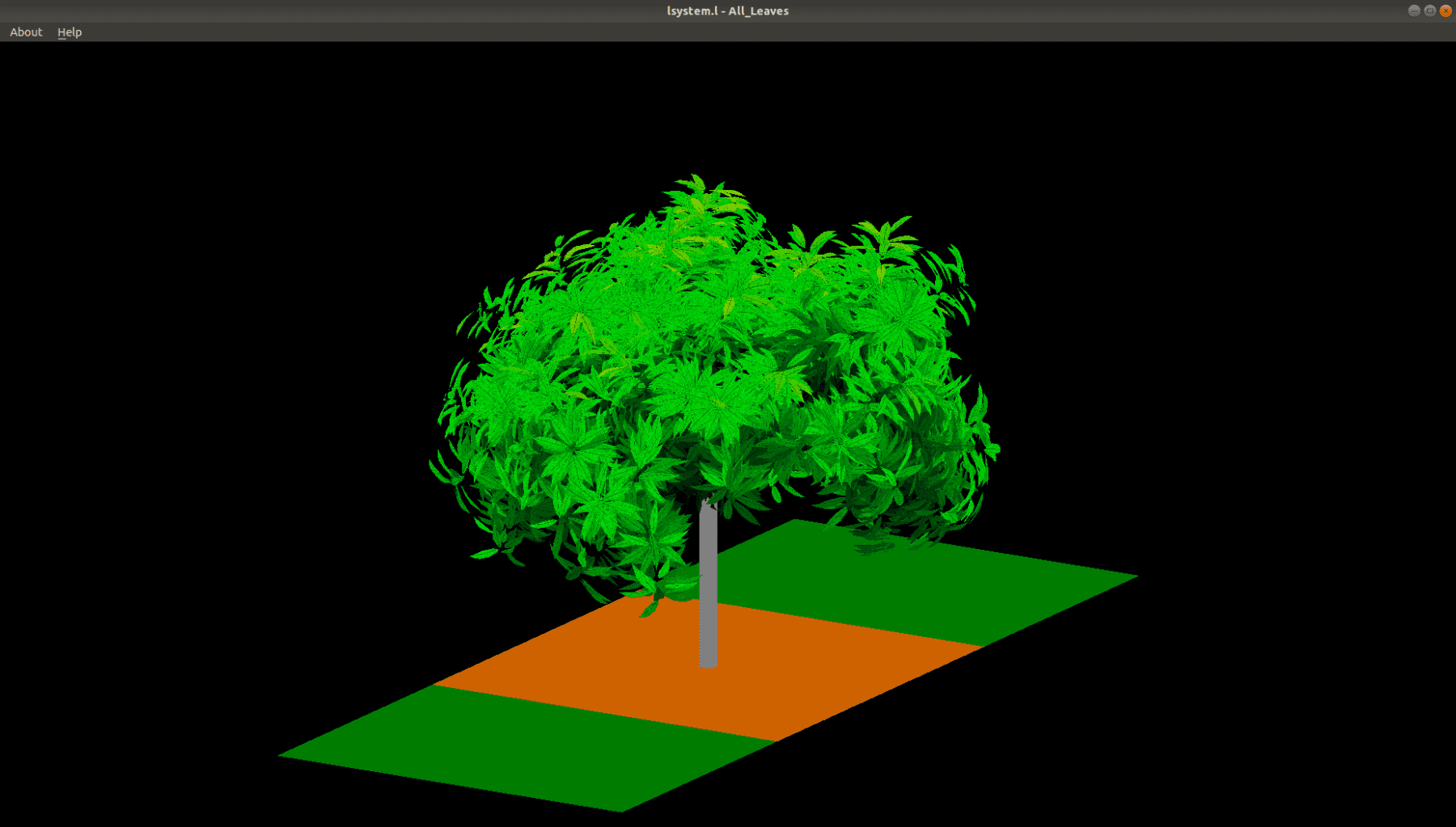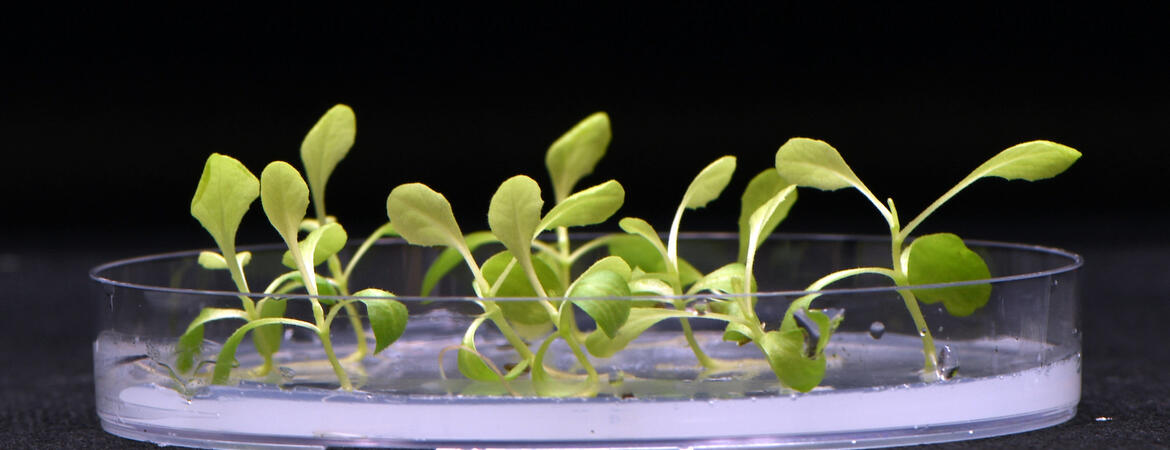
Digital image of mango tree by Dr Liqi Han
Using technology familiar to computer gamers, University of Queensland scientists are creating ‘digital twins’ of mango and macadamia orchards to help boost food production.
Professor Neena Mitter, the Director of the Centre of Horticultural Science at Queensland Alliance for Agriculture and Food Innovation (QAAFI), said it was an example of how computers were changing the industry.
“Developing a digital model for an orchard with slow growing crops like mango and macadamia enables us to run virtual experiments at a scale and speed never before possible,” Professor Mitter said.
“Digital technologies offer an unprecedented acceleration in innovation will help make food production more productive, resilient, and sustainable.”
Lead researcher Dr Liqi Han said the technology would particularly benefit slow-growing crops like fruit trees.
“The digital modelling provides untapped opportunities for users to rapidly trial new ideas and acquire a reliable indicator of how to best optimise production systems,” Dr Han said.
“We call this technology ‘DigiHort’, short for Digital Horticulture.”
The computer simulations can be a conceptual design of an orchard that doesn’t yet exist, a digital twin or detailed replica of an existing orchard, or a digital variant, where changes are made to a digital twin.
“All three forms can be integrated with environmental and management simulators,” Dr Han said.
“For example, this might include sunlight and chemical spray simulations to allow for evaluation and optimisation of orchard management practice.”
Virtual trials start with the design, with software users able to decide where in a landscape to plant trees, the density of the canopies and the configuration of the rows.
Users then consider how the trees are maintained, wielding virtual pruners and testing the impact of different – and even unconventional – tree training systems.
This innovation is based on new LiDAR scanning technology applications undertaken with industry partner, Riegl Australia, and state government research stations in Queensland, Western Australia and Northern Territory.
It relies on High Performance Computing (HPC), which allows Dr Han to run extremely fast virtual experiments without loss of accuracy.
“These days, we talk more and more about precision agriculture,” Dr Han said.
“We enhance precision by looking at the details, such as how much light can be captured by each leaf or fruit, or the distribution of sprayed chemicals across the canopy.
“We can accumulate small benefits into big benefits or prevent big losses from occurring.
“And we’ve found that small differences can have a big impact.”
The DigiHort platform was designed as a decision-support service for industry and will be accessible via the internet.
Original Article: ‘Digital twin’ concept boosts food production
More from: University of Queensland
The Latest Updates from Bing News & Google News
Go deeper with Bing News on:
Digital Horticulture
- New post-Brexit controls: a thorn for UK horticulture
Yuccas from Spain, rhododendrons from Germany or Dutch hazelnut trees -- flowers and plants arriving at UK ports from the European Union face tougher post-Brexit border checks from Tuesday, meaning ...
- TradeMark Africa invests USD 2.1M to boost Tanzania’s horticultural sector
Through TradeMark Africa's efforts, the partnership will tackle some of the challenges faced by horticulture farmers in Tanzania.
- Horticultural exports value set for major boost
PROSPECTS for local horticultural farmers are high, as the Trademark Africa (TMA) has partnered with Tanzania Horticultural Association (TAHA) to expand the reach and improve the marketability of ...
- Victorian horticulture company fined $160,000 for underpaying vulnerable workers
A Victorian horticulture company and one of its directors have been ... National rural affairs writer for ACM's agricultural print and digital publications, covering federal politics, agri-politics ...
- TradeMark Africa pumps $2.1 million to unlock Tanzania's green gold industry
Arusha. Better days for the multi-million-dollar horticultural industry are in the offing, thanks to the latest strategic partnership between international and local organisations.Yesterday, TradeMark ...
Go deeper with Google Headlines on:
Digital Horticulture
[google_news title=”” keyword=”Digital Horticulture” num_posts=”5″ blurb_length=”0″ show_thumb=”left”]
Go deeper with Bing News on:
Precision agriculture
- Intelsat, CNH Smart Farming Satellite Connectivity Coming to Brazil
Intelsat, operator of one of the world’s largest integrated satellite and terrestrial networks, and CNH (NYSE: CNHI), whose brands include Case IH, New Holland and Steyr, agreed to install, connect ...
- PTx provides a blend of precision farming systems
As of early April there’s a new name on the precision farming landscape: PTx. It includes a joint Agco-Trimble venture that will take over Trimble’s ...
- A Margin Squeeze is Setting in Across Row-Crop Farms, and 80% of Ag Economists Are Now Concerned It'll Accelerate Consolidation
Farmers across the U.S. push forward to plant, and there’s an immense amount of pressure riding on this year’s crop production picture. With a margin squeeze setting in across farms, economists think ...
- Examining the impact of gene-based breeding on agriculture and medicine
A research team has demonstrated that gene-based breeding (GBB) offers a transformative approach to advancing plant and animal breeding, showing remarkable predictability, speed, and ...
- Smart Agriculture Market to Surpass USD 33.6 Billion by 2031 Driven by Growing Demand for Precision Farming Techniques
Smart Agriculture Market to Surpass USD 336 Billion by 2031 Driven by Growing Demand for Precision Farming Techniques ...
Go deeper with Google Headlines on:
Precision agriculture
[google_news title=”” keyword=”precision agriculture” num_posts=”5″ blurb_length=”0″ show_thumb=”left”]










